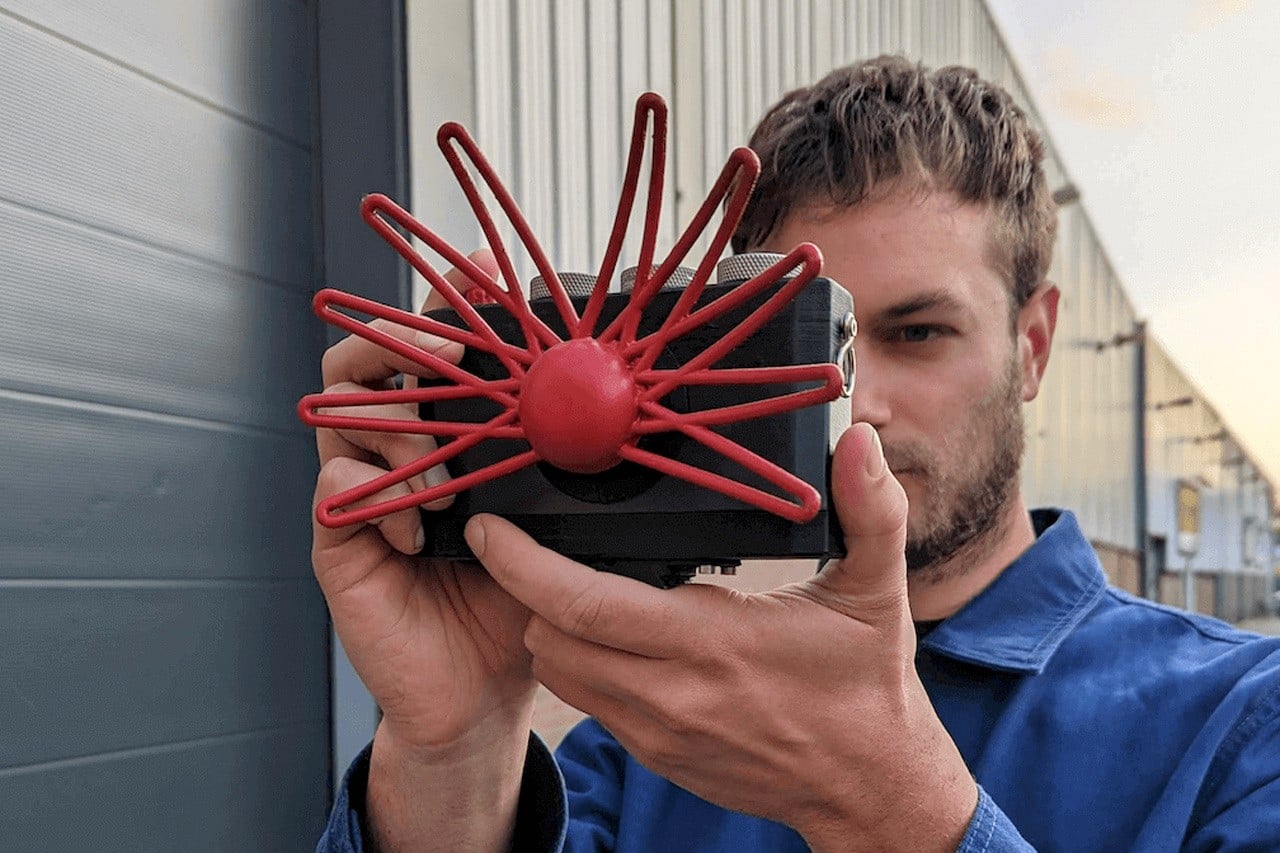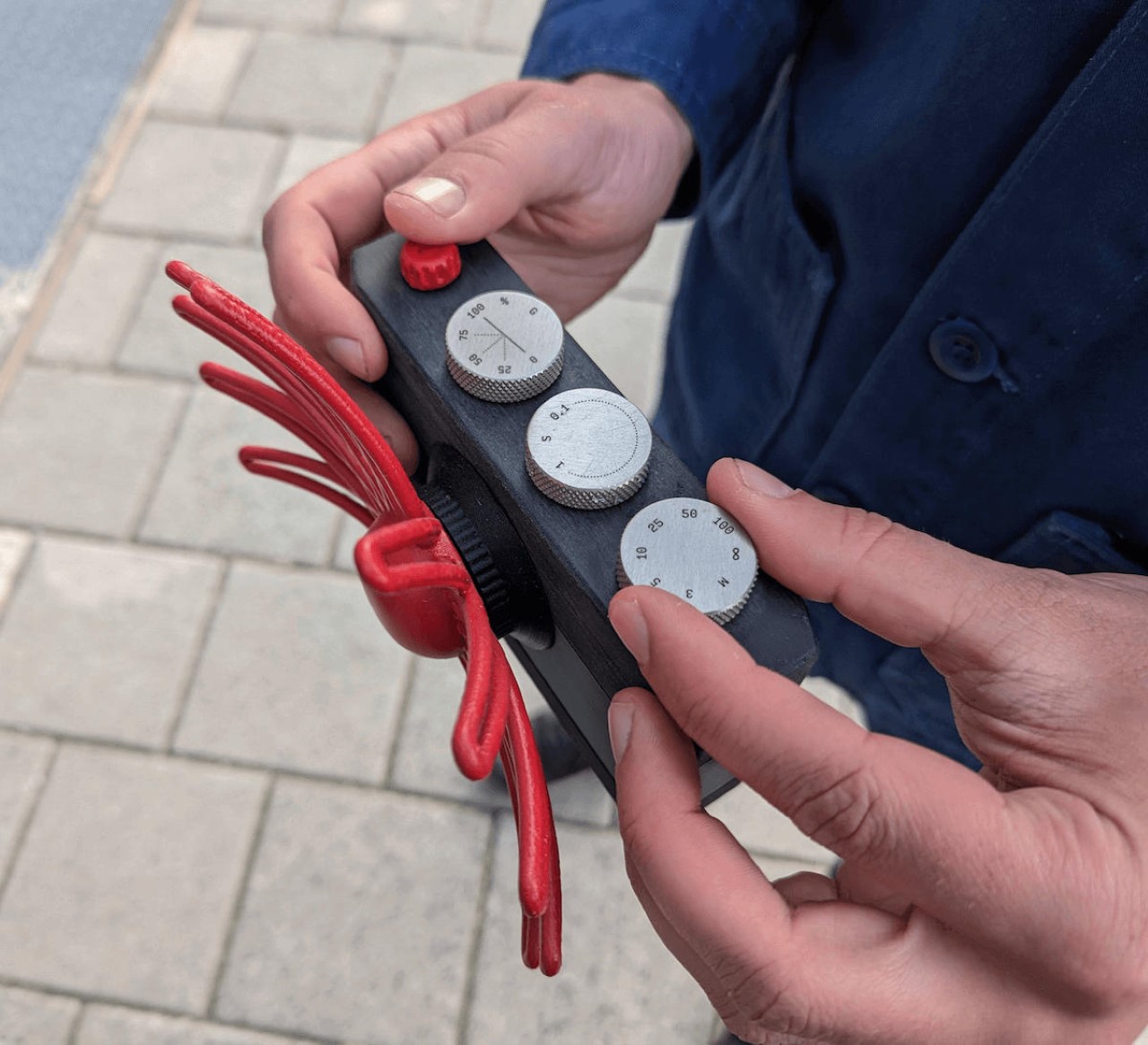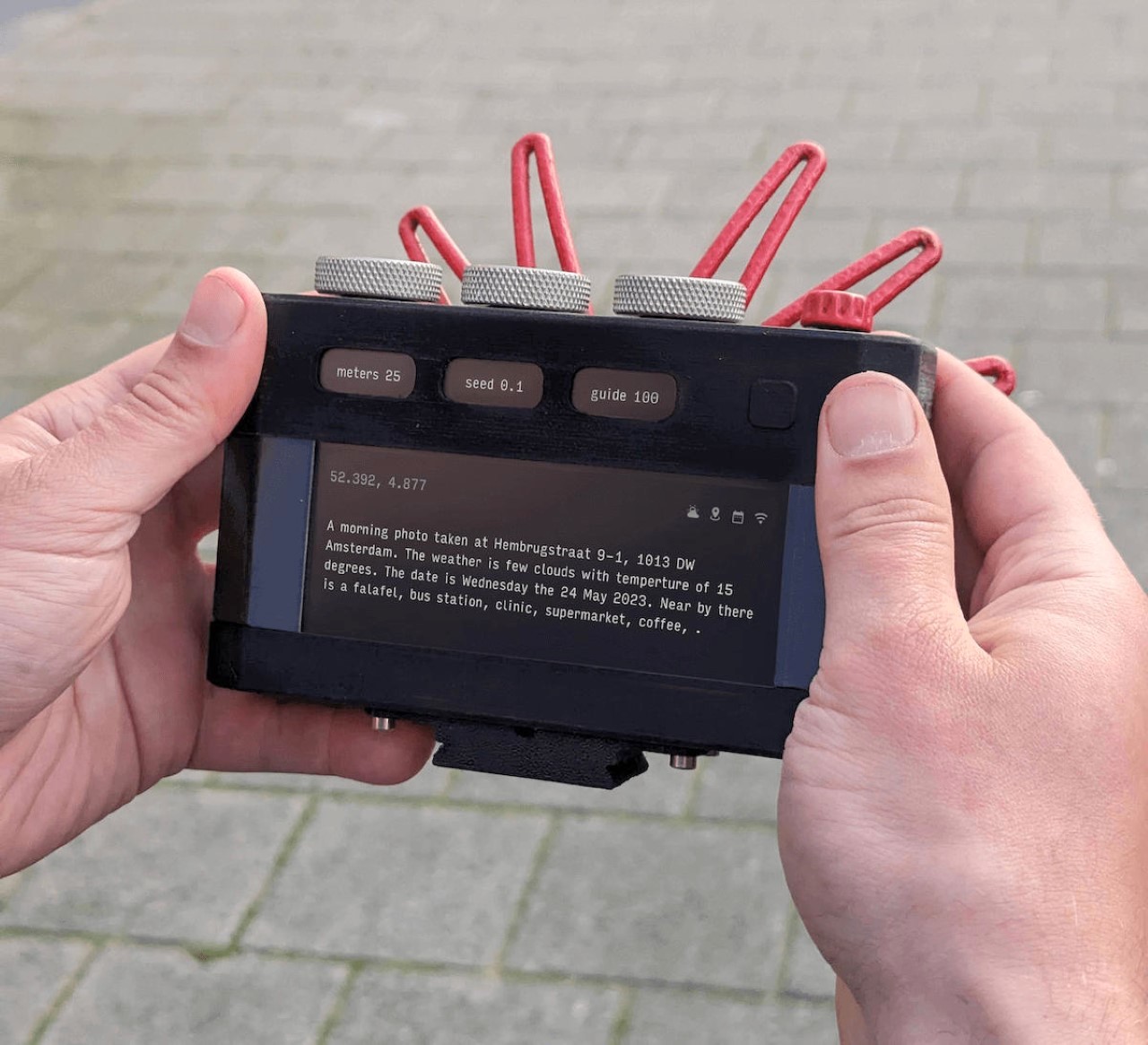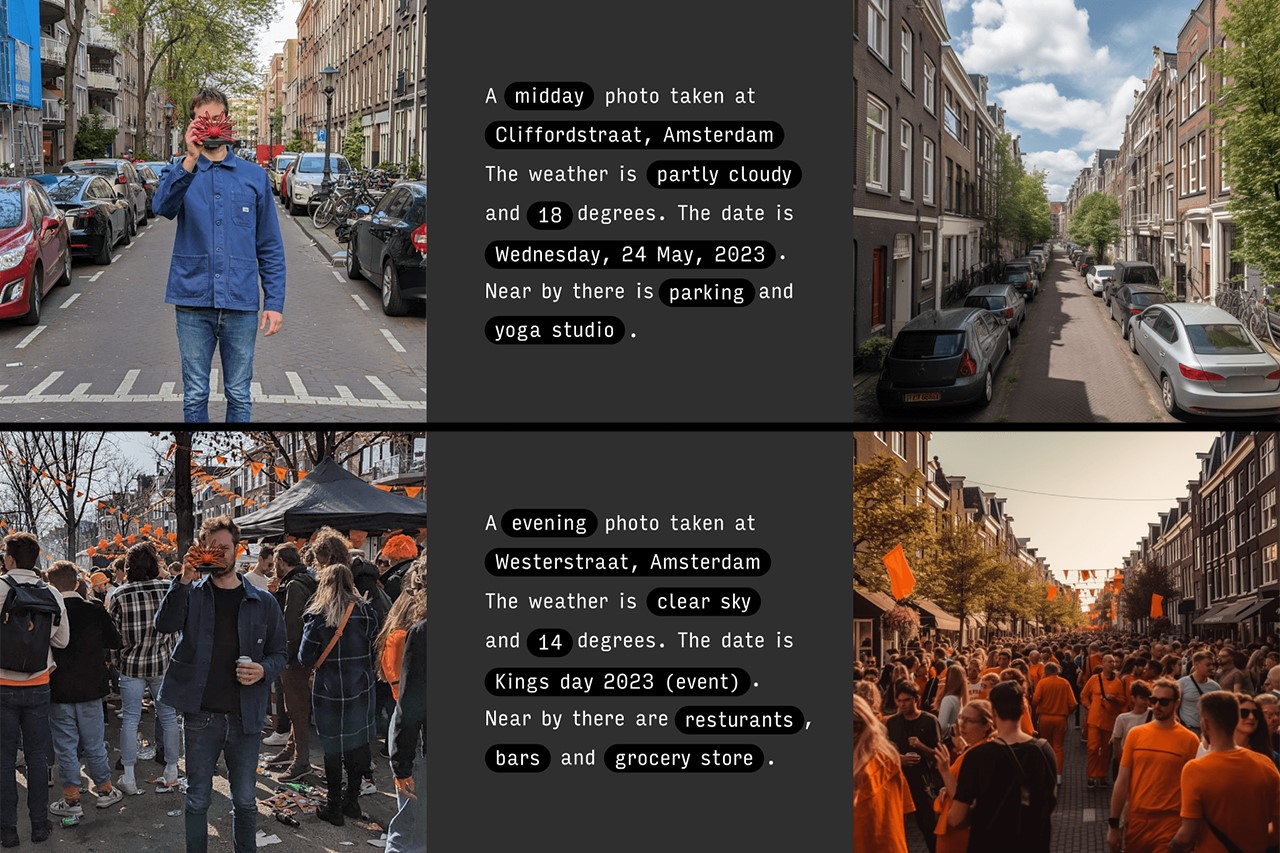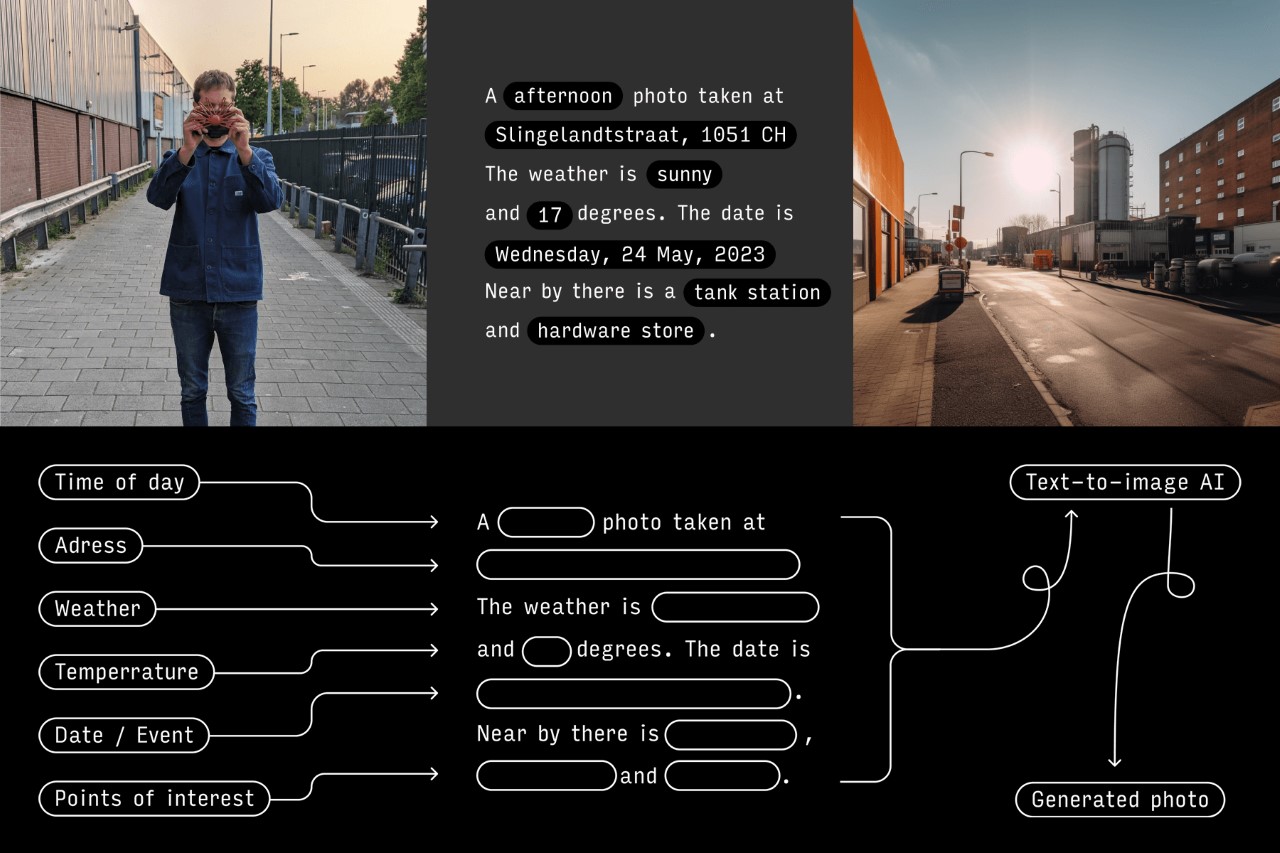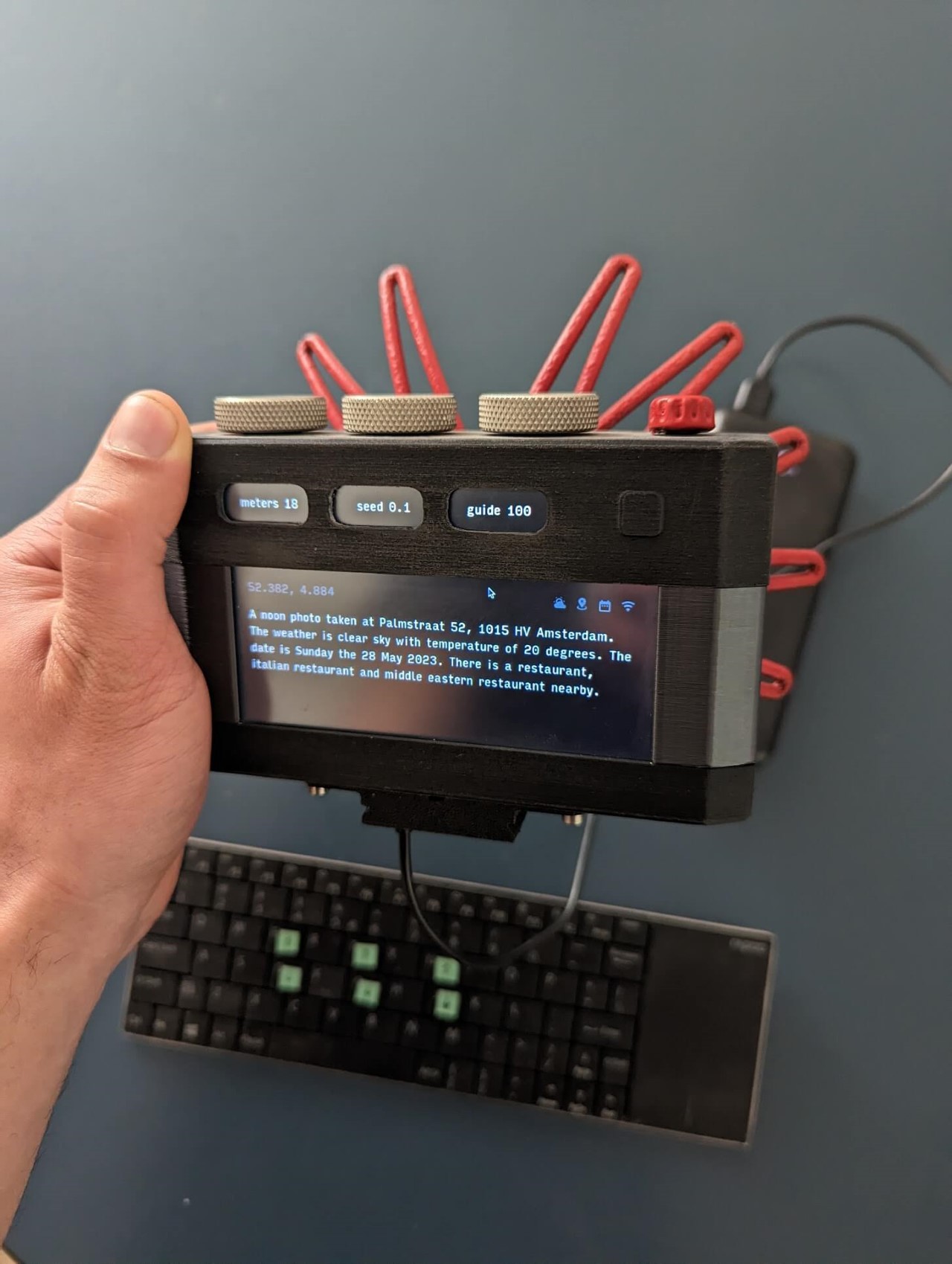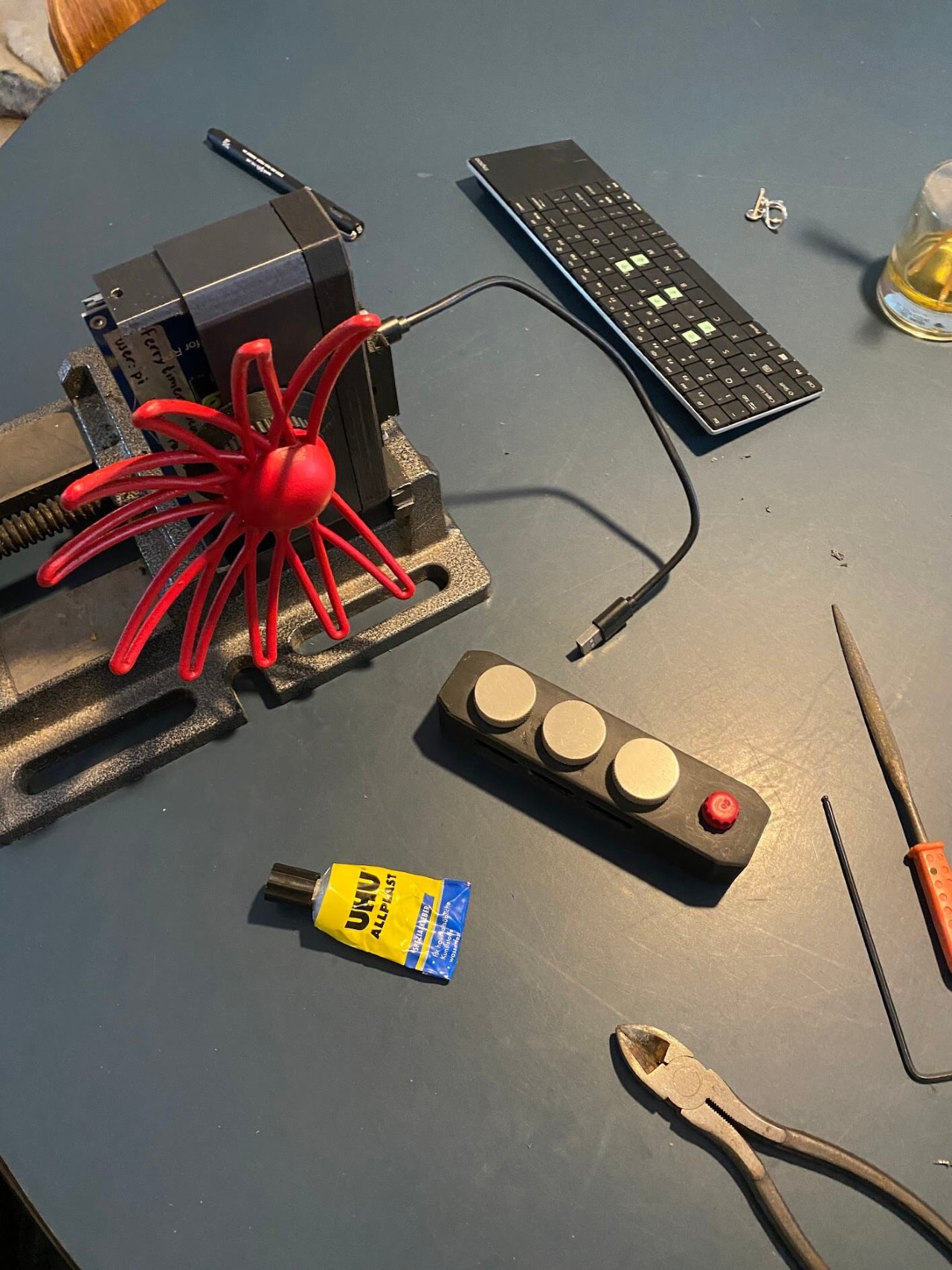HONOR launched two new AI-focused products, the HONOR Magic6 Pro smartphone and the HONOR MagicBook Pro 16 AI PC, at MWC 2024 in Barcelona. The global technology brand’s latest products demonstrate a significant advancement in its all-scenario AI strategy. The HONOR Magic6 Pro is the latest addition to the HONOR Magic Series and comes with impressive improvements in photography, display, and performance, all of which are enhanced by AI. The smartphone runs on MagicOS 8.0, an Android-based operating system, and now includes platform-level AI capabilities. The HONOR Magic6 Pro also debuts the industry’s first intent-based user interface.
Designer: HONOR
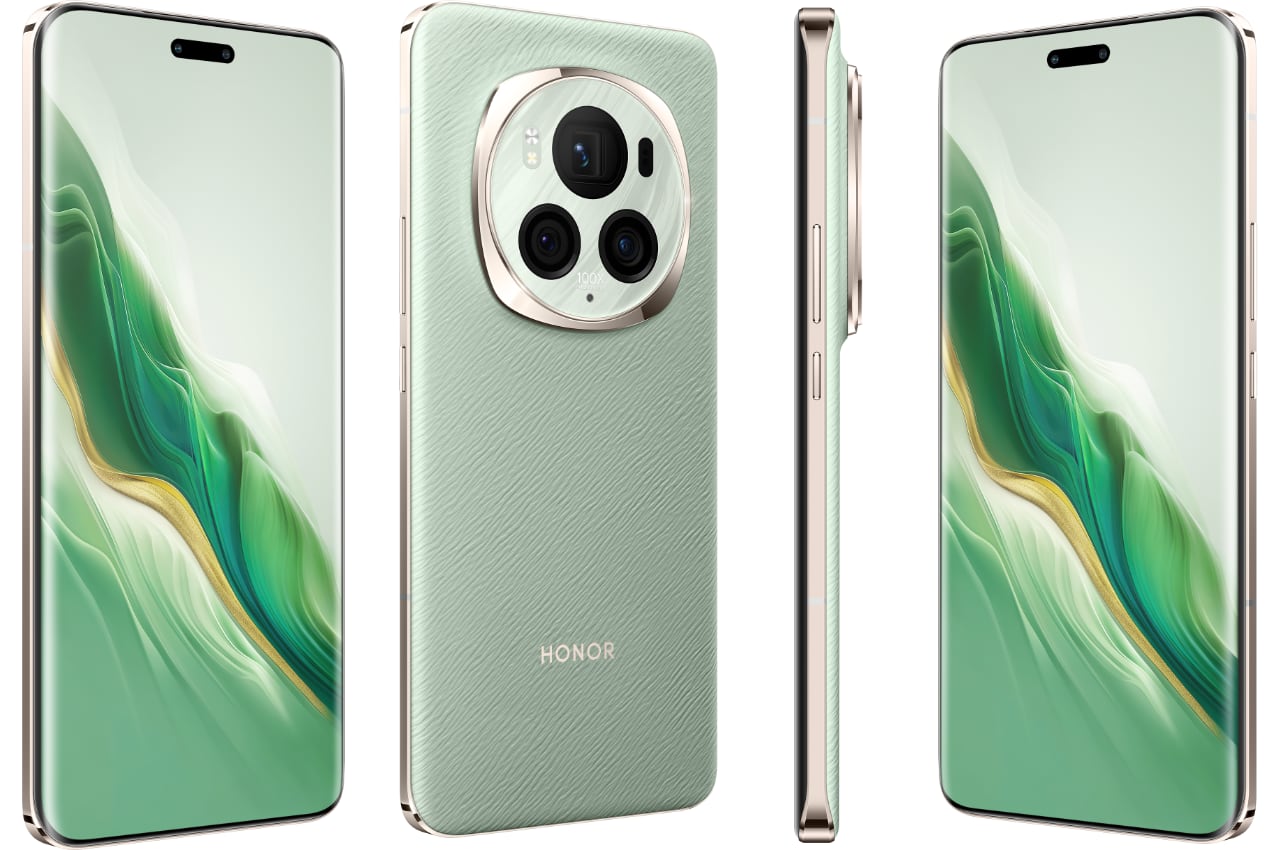
To enhance user experience, the Magic6 Pro includes features such as Magic Capsule and Magic Portal. These are designed to provide streamlined access to information and simplify complex tasks. For example, Magic Portal can recognize addresses in text messages and guide users to navigation apps. This improves the efficiency of daily interactions with the device.
There are also collaborations with global partners, including Qualcomm, to integrate the LLaMA 2 large language model. This allows the Magic6 Pro to perform tasks such as Q&A, text creation, and reading comprehension in an offline environment.
Stepping into the spotlight, the HONOR Magic6 Pro’s camera system is nothing short of a photographic powerhouse. It’s spearheaded by a jaw-dropping 180MP Telephoto Camera that brings distant scenes closer with a 2.5x optical zoom, ensuring that what you capture is as sharp as if you were standing right there. And when you need to reach out, the camera can push up to a 100x digital zoom, bringing the farthest of details into clear view.
But that’s not all. The Magic6 Pro also packs a 50MP Ultra-Wide Camera, perfect for those expansive landscape shots or to get the whole gang into one epic selfie. And let’s not overlook the main 50MP camera, a true chameleon with its variable aperture. Whether you’re capturing the thrill of a nighttime street race or the vibrant colors of a butterfly in broad daylight, this camera adjusts to let in the right amount of light, ensuring your photos are always lit to perfection.
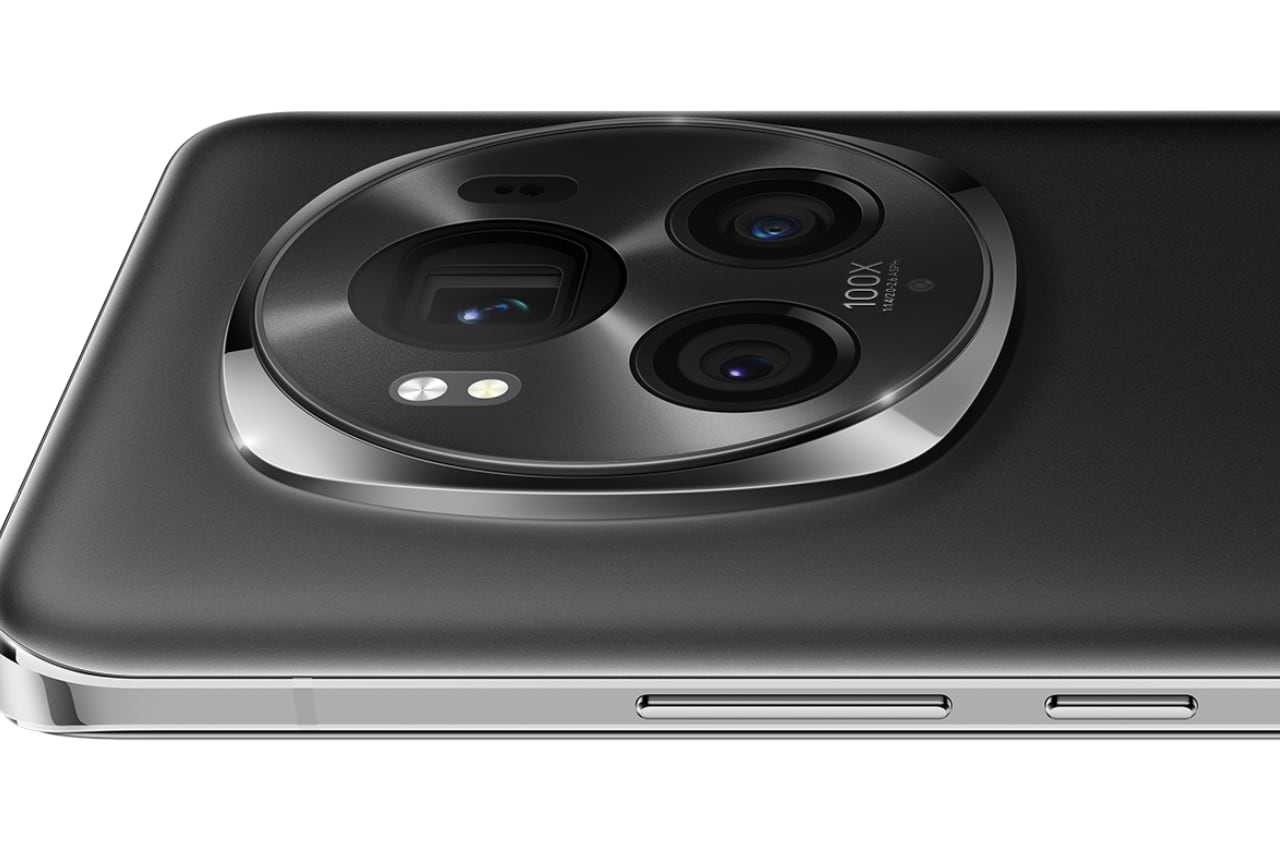
All of this is wrapped up with Optical Image Stabilization (OIS) to keep your shots steady and Electronic Image Stabilization (EIS) to smooth out the action. So, whether you’re snapping photos at a football game or chasing the perfect sunset, the HONOR Magic6 Pro is designed to deliver stunning clarity, detail, and color in every shot.
Durability and viewing comfort are also emphasized in the HONOR Magic6 Pro, featuring the industry’s most drop-resistant screen glass and a 6.8-inch LTPO Eye Comfort Display with various dimming features to reduce eye strain.
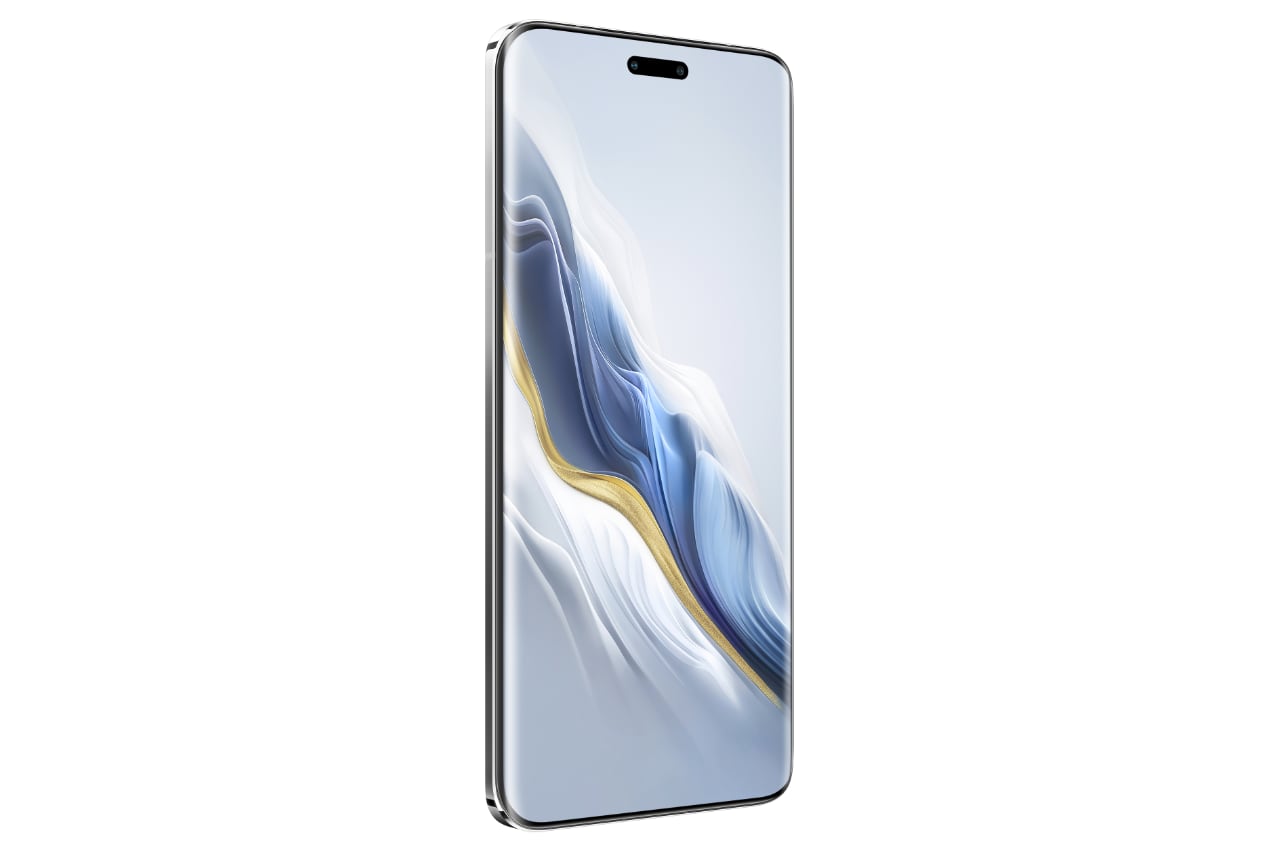
The HONOR Magic6 Pro delivers exceptional performance with the Snapdragon 8 Gen 3 Mobile Platform, enhancing CPU and GPU by 30% and 25%, respectively. This upgrade results in a staggering 98% improvement in AI feature performance over prior models.
As for battery innovation, the Magic6 Pro introduces the second-generation Silicon-carbon Battery, featuring a robust 5600 mAh capacity that excels in low-temperature performance. This allows for extended use in harsh conditions, with the ability to watch videos for over an hour at -20°C on just 10% battery.
Charging is ultra-fast, with 80W wired and 66W wireless options, fully charging the device in just 40 minutes. This rapid charge is a game-changer for those who are always on the go.
The device’s leading-edge battery capabilities are part of why it earned the top spot in DXOMARK’s global display rankings and received five DXOMARK labels for its superior camera, audio, display, battery, and selfie features.
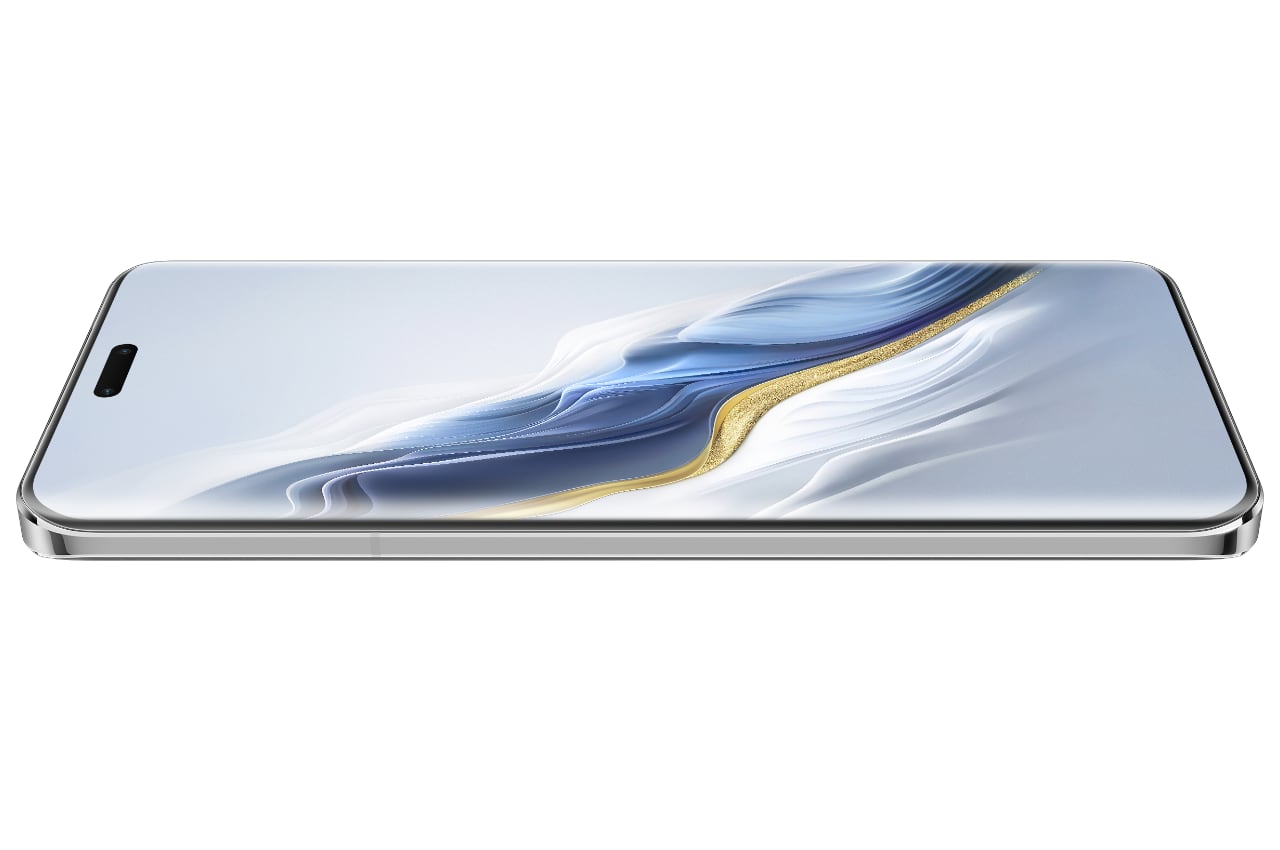
In addition to the smartphone, HONOR has launched the MagicBook Pro 16, a laptop that uses AI to enable cross-OS compatibility. They also revealed the HONOR Pad 9, which boasts a large display and an eight-speaker audio system.
The HONOR Magic6 Pro will be available in Black and Epi Green, with pricing incentives for early subscribers and bundle offers. The company’s strategy aims to deliver human-centric innovations and an interconnected AI experience across devices, focusing on addressing consumer needs and enhancing the efficiency of daily interactions.
The post The Honor Magic6 Pro focuses on AI – Here are things we like first appeared on Yanko Design.
